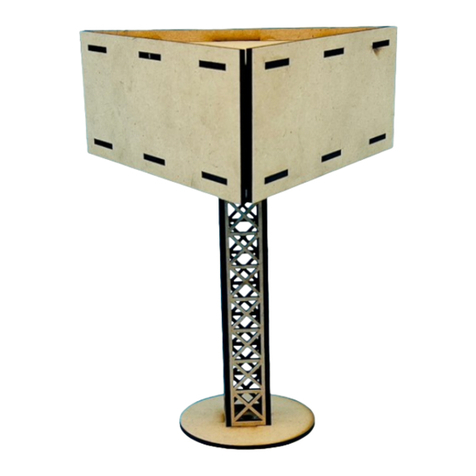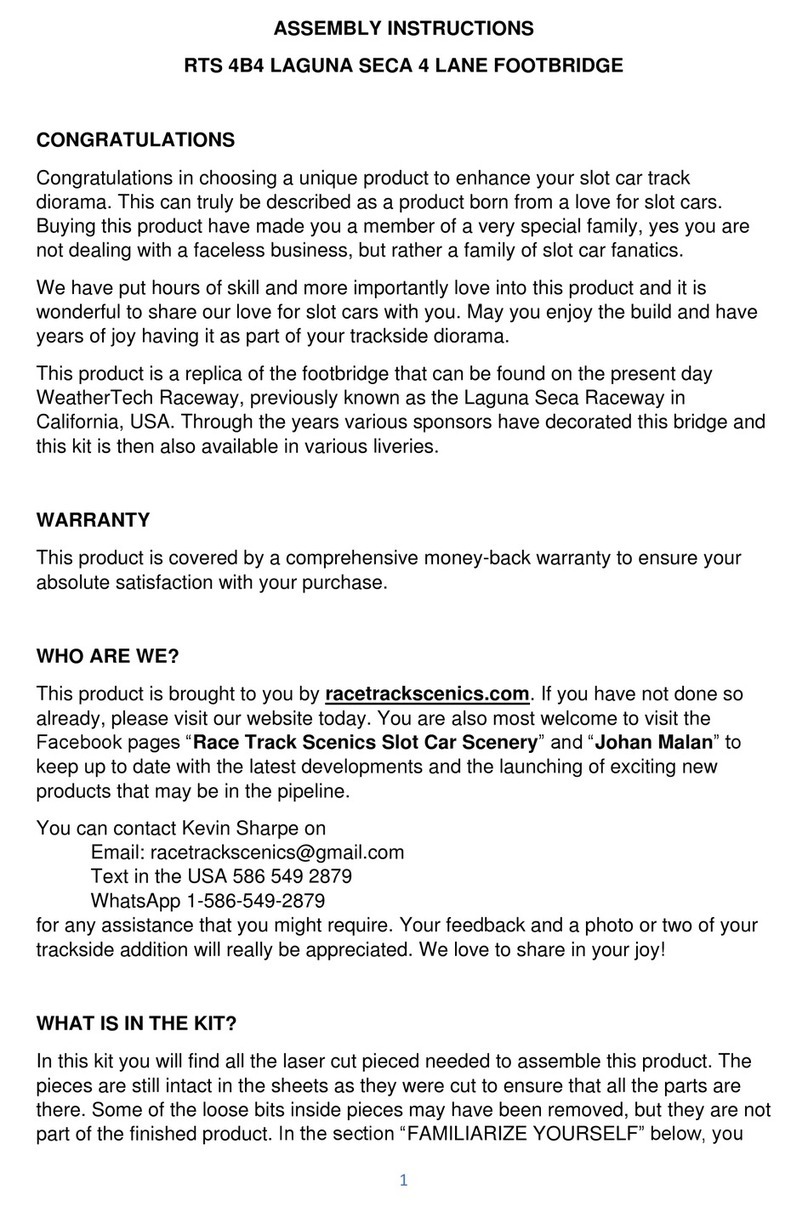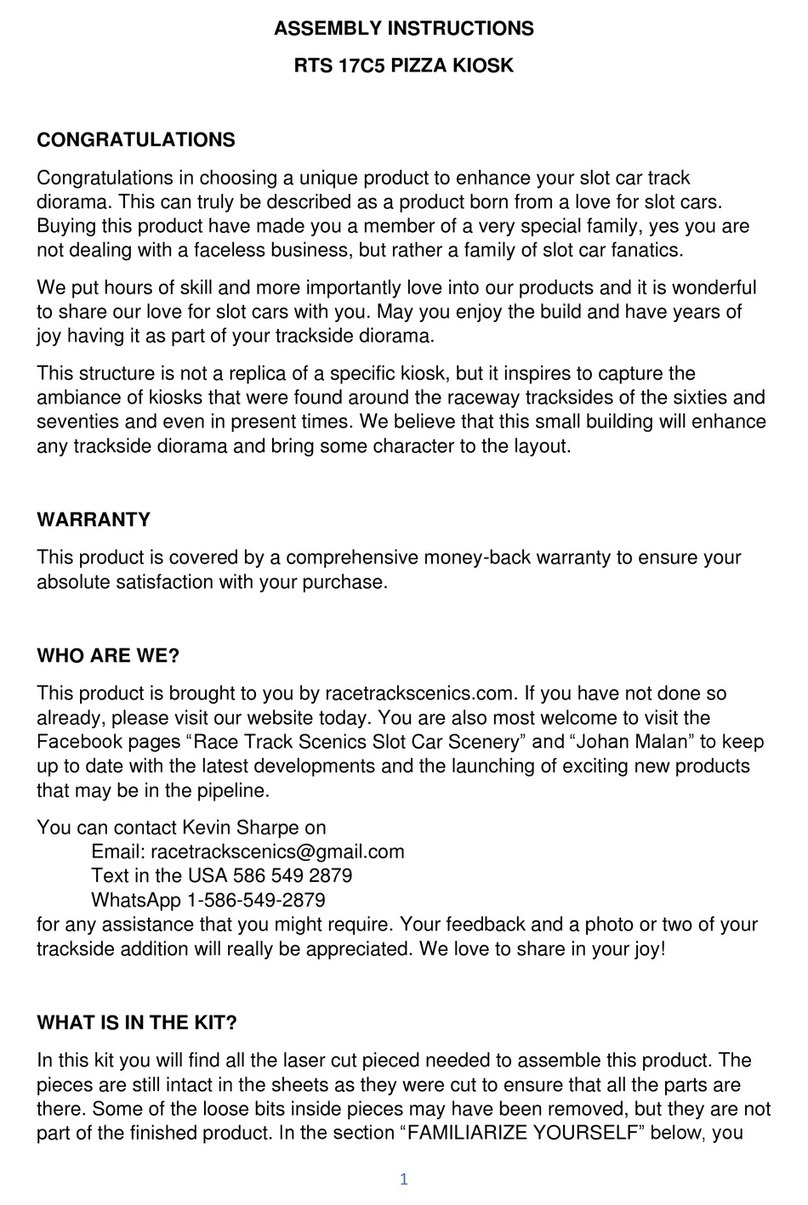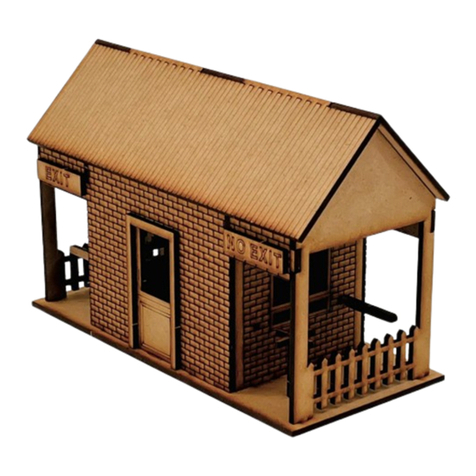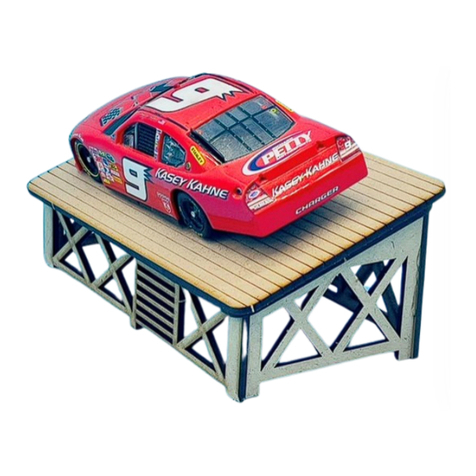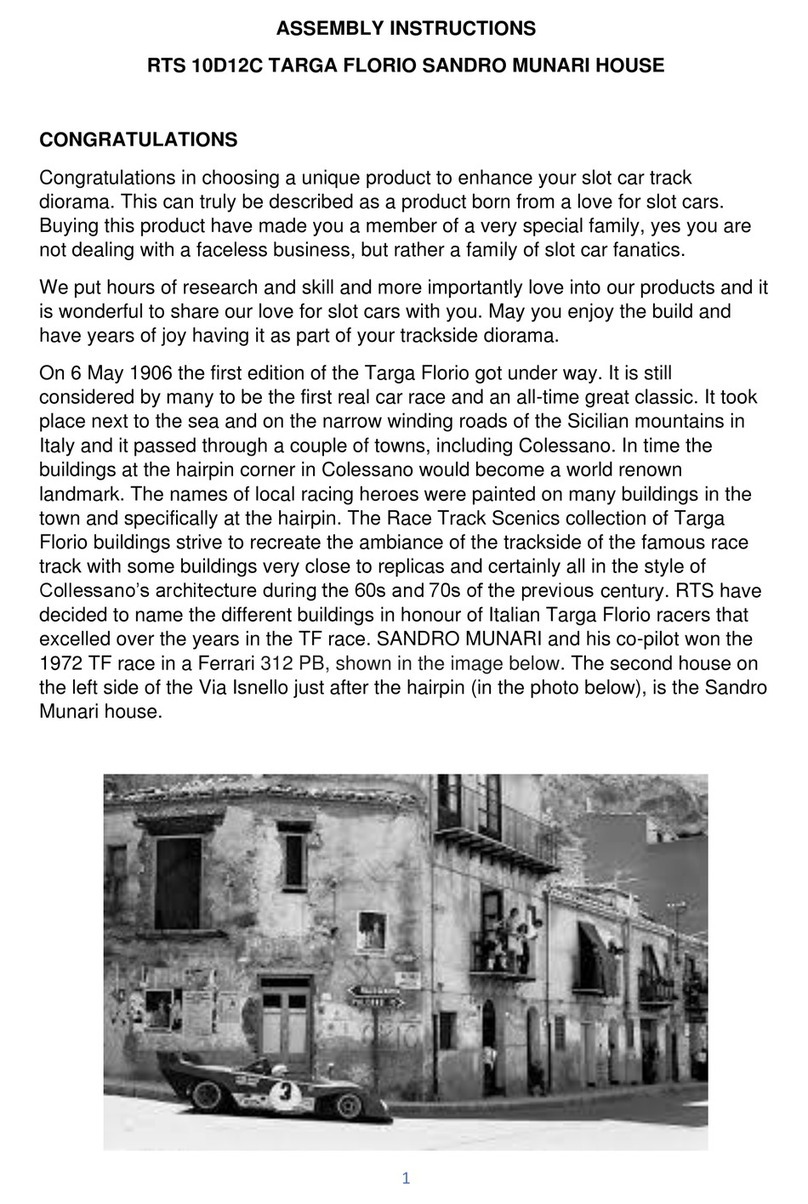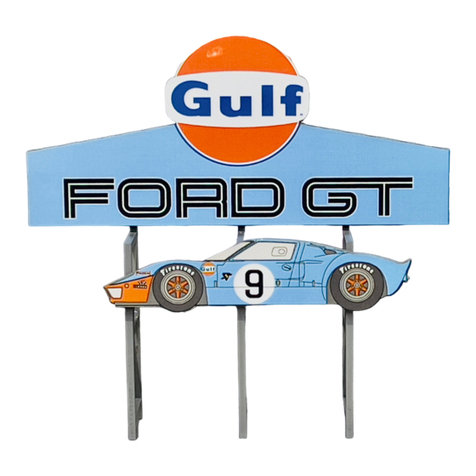5
PAINTING YOUR PRODUCT
We would strongly advise you to finish the product with paint or wood stain to make
them as appealing as possible. The parts should be primed (2 coats) and painted
before final assembly. Spray paint can also be used to get a very smooth finish. Oil
or water-based paint can be used and specialised paints like chalk paint can be used
to give unique finishes.
Generally, it is highly advisable to paint/spray before gluing. You may not be able to
get to the inside of the structure after it is glued together. Covering all the parts that
must not be painted or sprayed with the same colour can be a tedious process. Pre-
painting will avoid this process.
Please ensure that no paint clog a sleeve where a lug must fit in later. The
tolerances are often so tight that too thick a layer of paint may cause problems. It is
our experiences that a small foam roller instead of a brush, will produce a better
finish and far less clogging of sleeves.
Applying a base or undercoat normally makes life easier afterwards. Two coats of
primer are advisable because the MDF absorbs a lot of paint. Using a single colour
for the undercoat of all parts works quite well from personal experience. You can
choose the paint of your preference, whether it is oil or water based. Cleaning
brushes and rollers are just so much easier if you use a water base paint. A chalk
paste can give a unique finish to walls and give a weathered look if so desired. If you
prefer to protect the paint work of your structure you can always apply a clear spray
coat.
LET’S GET STARTED WITH THE ASSEMBLY
The assembly of this structure is really easy and should not take too long.
Start by putting the base plate (C) on your working surface. Glue the nubs of the four
sides of the column (A1 & A2) and (B1 & B2) into the four slots in the middle of the
base plate. Before this glue sets fully you must proceed to glue the floor (D) of the
nest onto the nubs at the other end of the four sides. Ensure that the engraving of
the floor faces upwards and that the opening for the ladder faces towards the end of
the baseplate where there are slots for the legs of the ladder.
Make sure that everything is square to ensure an upright structure. Apply moderate
pressure to ensure that these parts fits snugly. You can weigh down the structure
and should allow the glue to set before you proceed.
Next, we would like to recommend that you first assemble the cage consisting of the
seven posts (E1 –E7) and the three hoops (F1 -F3). You will see the positions on
the hoops where the posts must be glued it. Before the glue fully sets the nubs at the
bottom of the posts of the cage must be glued into the slots on the circumference of
the floor (D). If you are in doubt, you can study the photo above of the finished
product and will clearly see the cage.
